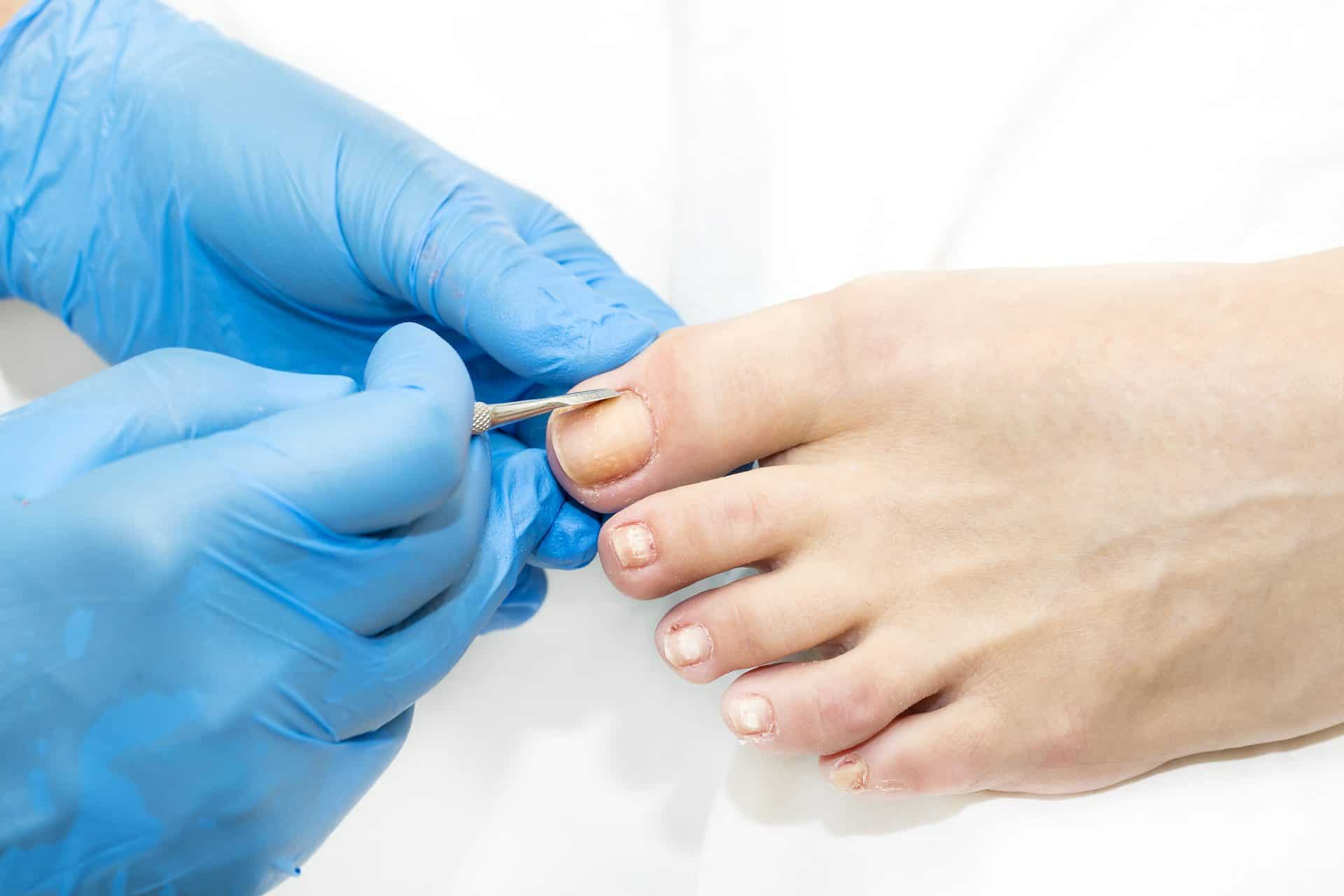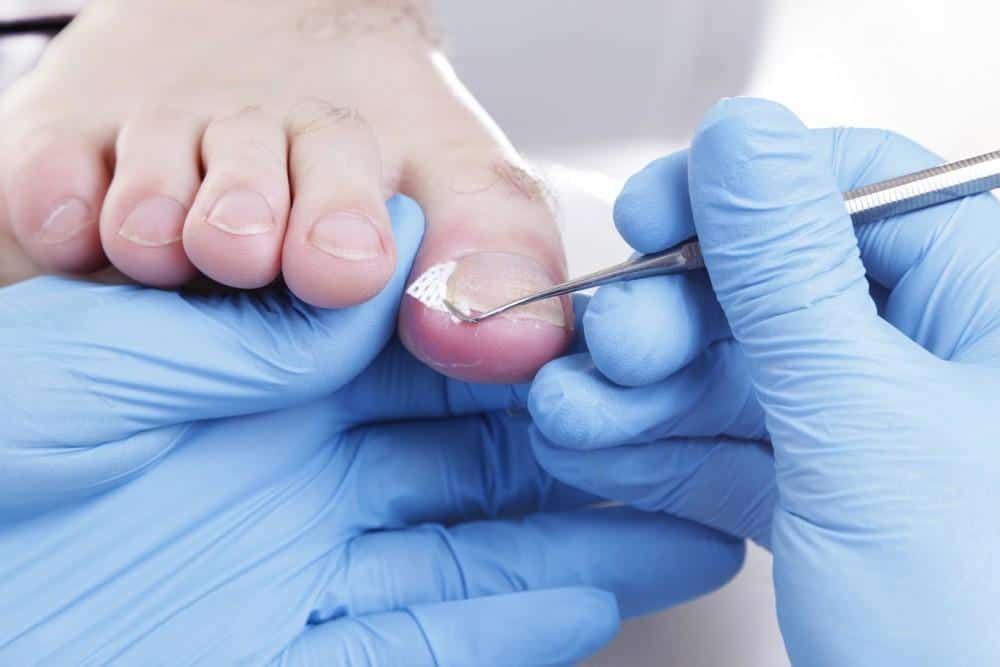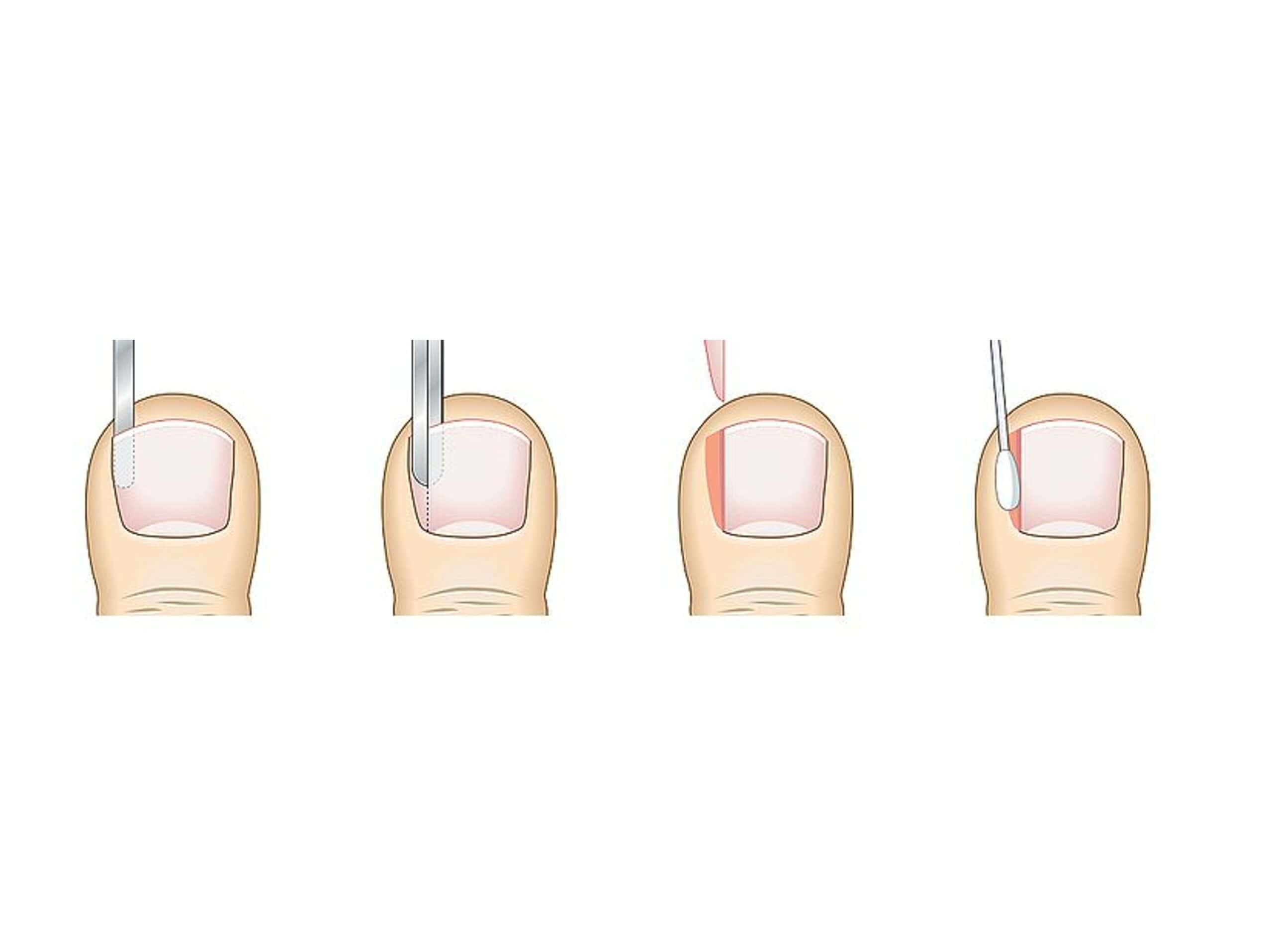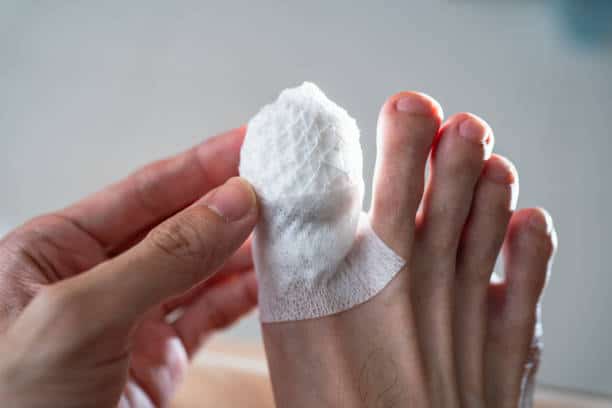Ingrown Toenail Surgery
Are your ingrown nails getting you down? At ModPod Podiatry, we specialise in effective, professional ingrown toenail surgery helping you get back to living pain-free

When is Ingrown Toenail Surgery Needed?
While mild cases of ingrown toenails may be resolved through conservative treatments like soaking your foot in warm water, using over-the-counter pain relief, or lifting the nail gently, more severe or recurrent cases require professional ingrown toenail removal surgery.
You may need ingrown toenail surgery if you experience:
- Persistent or worsening pain despite home treatment
- Recurrent ingrown toenails in the same toe
- Infection around the affected nail (characterised by redness, swelling, or pus)
- Difficulty walking due to the discomfort
Professional podiatry intervention, especially surgery, ensures your problem is fully addressed, preventing recurrence and reducing the risk of complications.

Our Locations: Sydney CBD, Mosman, Rose Bay, Dee Why, Ryde
The Ingrown Removal Surgery Process

1. Partial Nail Avulsion (PNA)
In most cases, partial nail avulsion is the preferred method for ingrown toenail removal surgery. This procedure involves removing the section of your nail that is growing into the skin while leaving the rest of the nail intact.
Procedure Steps:
- Anaesthesia: To ensure the procedure is pain-free, a local anaesthetic is applied to numb your affected toe.
- Nail removal: The podiatrist carefully removes the portion of your toenail that is causing the problem.
- Chemical matrixectomy: In some cases, a chemical (phenol) is applied to the nail bed to prevent that part of the nail from growing back. This helps prevent recurrence.
A partial nail avulsion is a minimally invasive surgery with a high success rate and minimal recovery time. Most patients experience immediate relief from pain following the procedure and can resume normal activities within a few days.
2. Total Nail Avulsion (TNA)
In more severe cases, particularly when your ingrown toenails are recurrent or involve significant infection, a total nail avulsion may be necessary. This procedure involves removing your entire toenail. The podiatrist may also apply a chemical to prevent the toenail from regrowing if needed.
Procedure Steps:
- Anaesthesia: As with partial nail avulsion, a local anaesthetic is used to numb the area.
- Nail removal: Your entire nail is removed, and the area is cleaned thoroughly to prevent infection.
- Chemical matrixectomy: If necessary, a chemical is applied to prevent the nail from regrowing.
Total nail avulsion is less common but is highly effective for patients with chronic, severe ingrown toenails.
Post-Surgery Recovery
After undergoing ingrown toenail surgery, the recovery process is typically quick and straightforward. You can return to normal daily activities within a few days. However, it’s important to follow your podiatrist’s aftercare instructions to ensure proper healing and prevent infection.
Aftercare Tips:
- Rest and elevate your foot: Keep the affected foot elevated to reduce swelling and promote healing.
- Wear open-toed or loose-fitting shoes: Allow your toe to breathe and reduce pressure on the healing area by avoiding tight or restrictive footwear.
- Keep your toe clean and dry: Follow your podiatrist’s guidance on cleaning and dressing the wound. This may involve changing dressings regularly and avoiding submerging the foot in water until healing is well underway.
- Avoid strenuous activities: For the first few days, avoid running, jumping, or engaging in physical activities that put pressure on the toe.
Your podiatrist will schedule a follow-up appointment to ensure your toe is healing well. Complete recovery usually occurs within 2 to 6 weeks, depending on the individual and the extent of the surgery.

Why Choose ModPod for
Ingrown Toenail Surgery?

At ModPod Podiatry, we are committed to providing expert care for all your foot health needs, including ingrown toenail removal surgery. Our experienced podiatrists use advanced techniques and cutting-edge technology to ensure a safe, effective procedure with minimal discomfort and downtime. We take the time to understand your unique condition and develop a personalised treatment plan that addresses your needs and goals.
With clinics conveniently located across Sydney and the Central Coast, ModPod Podiatry makes it easy to access professional foot care when you need it most. Whether you’re dealing with a painful ingrown toenail or require ongoing podiatric care, our team is here to help.
Book Your Appointment Today
If you’re experiencing pain or discomfort from an ingrown toenail, don’t wait to seek professional help. Contact ModPod Podiatry today to book an appointment for a consultation and explore the best options for ingrown toenail surgery. Let us help you find relief and restore comfort to your feet.
Frequently
Asked Questions
Your foot expert will conduct a complete assessment, taking a medical history, a list of any medications that have been prescribed for you as well as considering any other clinical factors that will determine whether or not this surgery is suited to you. An assessment will generally also include an examination of blood supply to the foot. The procedure itself is performed under local anaesthetic via injection into the toe to numb the area. The anaesthetic will wear off in about two hours.
Once numb, a tight elastic ring called a tourniquet is applied to the toe to control bleeding and the area is prepped to minimise the risk of infection. The offending portion of the nail is then gently lifted and trimmed away, generally without the toe being cut or stitched. Both sides or the entire nail may be removed this way. A chemical may also be used at this point to assist in preventing nail regrowth.
Once the procedure is completed, the tourniquet is removed and a sterile surgical dressing is applied. The patient is able to walk immediately afterwards, however assistance getting home is strongly recommended.
Re-dressings at home and a few consultations with your practitioner may be required over the two to three weeks following the procedure. For the first few days after the procedure pain relief, the use of open toed shoes and activity modification may be necessary, however interference with day to day activities is generally minimal.
As with any surgical procedure there is some risk of complication, however this procedure is known to be very safe and effective.
The most common side-effects are post-operative infection in the short term and the possibility of regrowth of the nail over time. The risks of infection can be minimised through good post-operative care and your practitioner will advice and assist with your situation.
Regular visits to your foot expert can manage and prevent ingrown toenails, alleviate pain, and help keep you on your feet and mobile.







